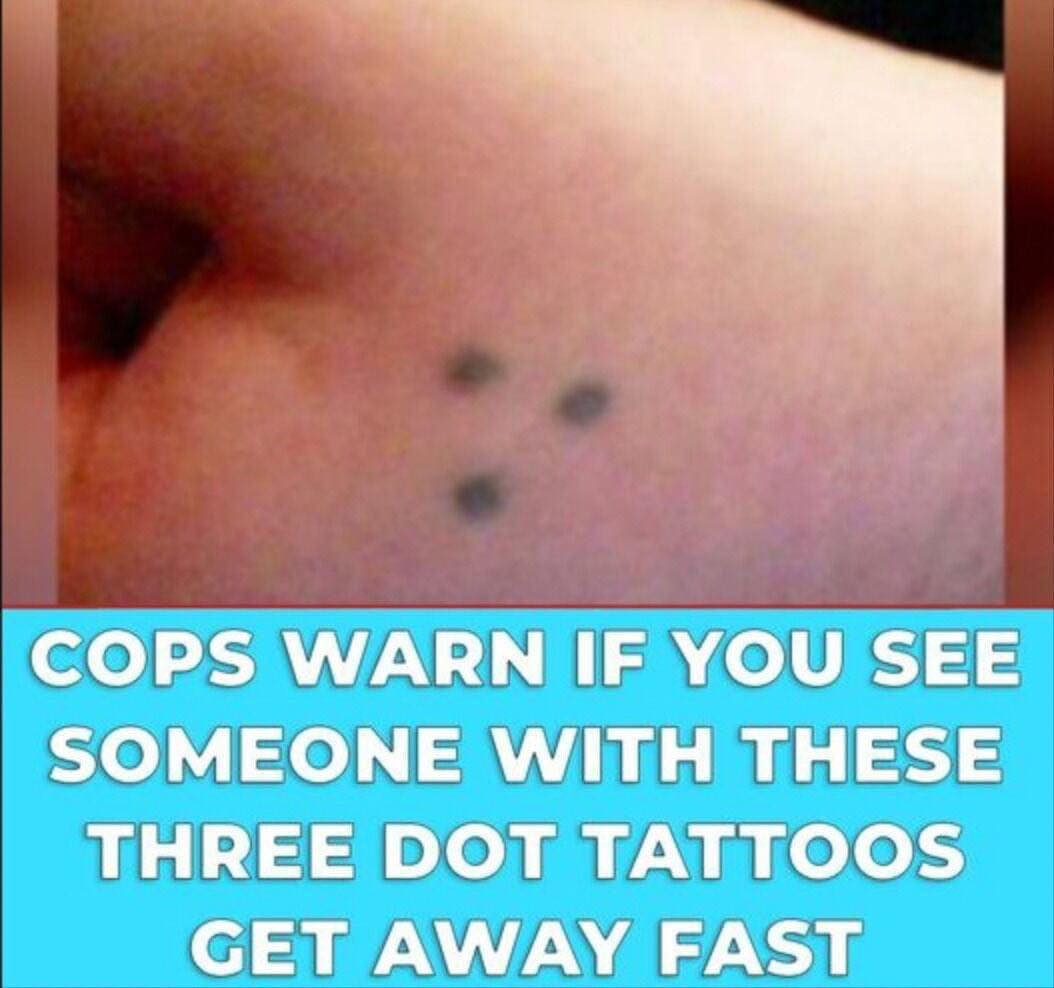If the cat bites you, here’s what it really means…
Cats are fascinating companions, full of quirks that make them both entertaining and mysterious. Among their behaviors, biting can be one of the most surprising. Unlike dogs, whose bites are often predictable, a cat’s bite can mean many different things—ranging from affection to stress. Understanding why cats bite is important for both safety and strengthening the bond with your feline friend.
**Playful bites** are common, especially in kittens and young cats. During play, cats may pounce, swat, and nibble as if practicing hunting skills. These bites are usually gentle but can be sharp. Redirecting their energy to toys helps protect your hands while allowing them to play safely.
Cats may also give **“love bites”** during petting or snuggling. These gentle nips signal trust and affection, or sometimes indicate that the cat wants attention. Paying attention to body language—twitching tails, ear movements, or restlessness—can help you know when to pause before overstimulation occurs.
**Overstimulation bites** happen when a cat becomes overwhelmed from too much petting or touching sensitive areas. Quick nips in this context are communication rather than aggression, and respecting these signals builds trust.
Bites can also stem from **fear, stress, or pain**. A cat that feels threatened, startled, or cornered may bite sharply as a defense mechanism. Health issues, like arthritis or dental problems, can also cause sudden irritability and biting, making a veterinary check essential.
Territorial behavior is another cause. Cats may nip to protect favorite resting spots, toys, or even humans, especially in multi-cat households. Teaching kittens to play with toys rather than hands or feet prevents problematic habits in adulthood.
Regardless of the reason, **cat bites should be treated seriously**. Their sharp teeth can puncture deeply, introducing bacteria. Clean the wound thoroughly with soap and water, apply antiseptic, and cover with a bandage. Seek medical attention if the bite is deep, swollen, or painful.
Ultimately, cat bites are a form of **communication**. Learning to interpret them—whether playful, affectionate, stress-related, or due to pain—helps owners respond appropriately, respect boundaries, and maintain a safer, healthier relationship with their cats.






Post Comment